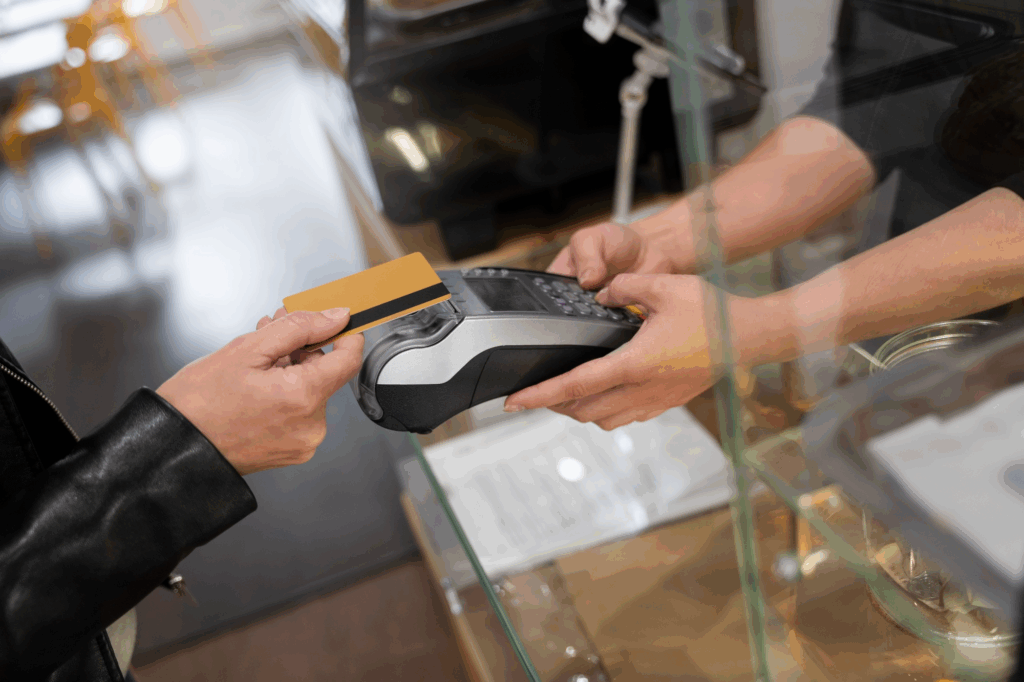Keep more of your money for the trip—not the bank. This practical guide explains how to pick and use no fee travel cards, withdraw cash at ATMs without getting stung, and dodge “dynamic currency conversion” tricks at shops and hotels.

If you want to stop losing 3–8% on every abroad purchase, start with no fee travel cards and a clear plan for cash. The two biggest drains are foreign transaction fees and stealthy exchange markups. Fix those, and your budget stretches further without feeling restricted.
Why “No-Fee” Isn’t Always No-Fee
Even with no fee travel cards, costs can appear in less obvious places: ATM owner fees, dynamic currency conversion (DCC) in shops, or weekend FX markups. Reading your card’s short fee table now saves headaches later. The best setup is one debit card that reimburses or avoids ATM fees and one credit card with zero foreign transaction fees for purchases.
9 Smart Money Moves (That Actually Save Real Money)
- Carry two networks. Bring one Visa and one Mastercard in case a terminal goes down or a country favors a network. Keeping two no fee travel cards gives you resilience without added complexity.
- Use local currency every time. When a terminal offers to bill you in your home currency, that’s DCC—decline it. Your bank’s rate (or the scheme’s) is usually better than the merchant’s markup.
- Withdraw fewer, larger amounts. If your debit reimburses ATM fees, you’re set. If not, minimize flat per-withdrawal charges. Pair no fee travel cards with a daily cash plan so you’re not nickel-and-dimed by multiple small withdrawals.
- Top up over Wi-Fi. Many apps let you move funds instantly. Schedule top-ups to avoid weekend FX surcharges; some providers apply extra spread outside market hours.
- Use credit for purchases, debit for cash. A credit card with 0% FX protects you at terminals; use debit only at ATMs. That’s how no fee travel cards play to their strengths.
- Turn off cash-advance features. Some terminals treat credit withdrawals as advances with interest from day one. Your no fee travel cards plan should make ATM access debit-only.
- Lock your cards in the app. If one goes missing, freeze it. Keeping two no fee travel cards on separate apps lets you lock one while the other stays usable.
- Keep receipts for deposits. Hotels and car rentals sometimes pre-authorize large holds. With no fee travel cards, choose credit for deposits so your cash balance isn’t tied up.
- Screenshot fee tables. Save your bank’s fee page and ATM policies. When in doubt abroad, a quick glance beats guessing. This habit keeps no fee travel cards truly fee-light in practice.
How Exchange Rates Really Work (and Why DCC Is Sneaky)
There are two moving parts: the base rate (often close to interbank) and the spread or markup that a merchant, ATM, or card program adds. DCC is when the terminal offers to bill you in your home currency—convenient, but usually at a poor rate. Even with no fee travel cards, choosing DCC hands pricing to the merchant. Always ask to be billed in the local currency and let your card network apply the conversion.

Using No Fee Travel Cards at ATMs Without Paying Extra
Follow a simple flow: find a major-bank ATM, insert debit, decline any conversions, and withdraw in the local currency. If an ATM insists on conversion, cancel and try a different machine. This is where no fee travel cards shine—paired with sensible withdrawal sizes, they beat exchange kiosks almost every time.
ATM Checklist
- Prefer bank-branded ATMs over generic convenience machines.
- Decline “guaranteed rate” or “home currency” prompts.
- Check the screen for fixed fees and cancel if it looks excessive.
- Use a physical branch during business hours if the area feels sketchy.
Card Setup: The Reliable Two-Card Stack
For most travelers: one 0% FX credit card for purchases and one fee-free/reimbursing debit for ATM cash. That’s it. Keeping no fee travel cards simple is safer—you’ll remember which card is for which task, and you won’t get trapped by cash-advance interest or weird terminal behavior.
Fees by Scenario (Quick Table)
| Scenario | What to Use | Watch Out For |
|---|---|---|
| Restaurant/shop payment | 0% FX credit card | DCC prompt; insist on local currency |
| ATM cash | Fee-free/reimbursing debit | Owner fees; poor rate if forced DCC |
| Hotel/car deposit | Credit (keeps cash free) | Large holds; release can take days |
| Online bookings | 0% FX credit; virtual card if offered | Foreign merchant codes; verify refund policy |

How to Compare Rates (and Spot Junk Fees)
Networks publish daily calculators so you can estimate the final amount before you pay. Checking once or twice helps you recognize fair vs. padded pricing. Pairing those tools with no fee travel cards keeps your total effective rate close to the market rate instead of the tourist rate.
- Visa Exchange Rate Calculator
- Mastercard Currency Converter
- European Central Bank — Daily FX Reference
- CFPB — Consumer Money Tips (US)
Cash or Card? Make the Call by Country & Trip Style
Big cities and transport hubs accept cards almost everywhere. Markets, small cafés, and rural areas can still prefer cash. Bring a small emergency stash, but don’t overdo it—no fee travel cards plus one planned ATM stop per week usually beat carrying large sums.
Security & Safety
- Use contactless or chip-and-PIN; avoid magstripe if possible.
- Shield the keypad and check for skimmers at standalone ATMs.
- Lock and unlock cards in the app; set per-transaction and daily limits.
- Keep a photocopy of card fronts (masked numbers) and support numbers separately.
Frequently Asked Questions
Do I still need cash if I have no fee travel cards? Usually yes—carry a modest amount for tips, small vendors, and transit machines that don’t take cards.
Is DCC ever worth it? Rarely. Unless your bank charges an extreme FX fee (uncommon with no fee travel cards), local currency almost always wins.
What about prepaid travel cards? They can be fine for budgeting, but check top-up and inactivity fees. Many travelers prefer a standard bank debit paired with a 0% FX credit card.
Related Guides on Bulktrends
- Travel eSIM Guide: Costs, Coverage & Setup
- Travel Insurance 101: Before You Go
- Remote Work Abroad: Internet, eSIMs & Backup Power
Disclaimer: Fees and policies change by bank and country. Always check your card issuer’s latest fee schedule and ATM owner fees before you travel.






